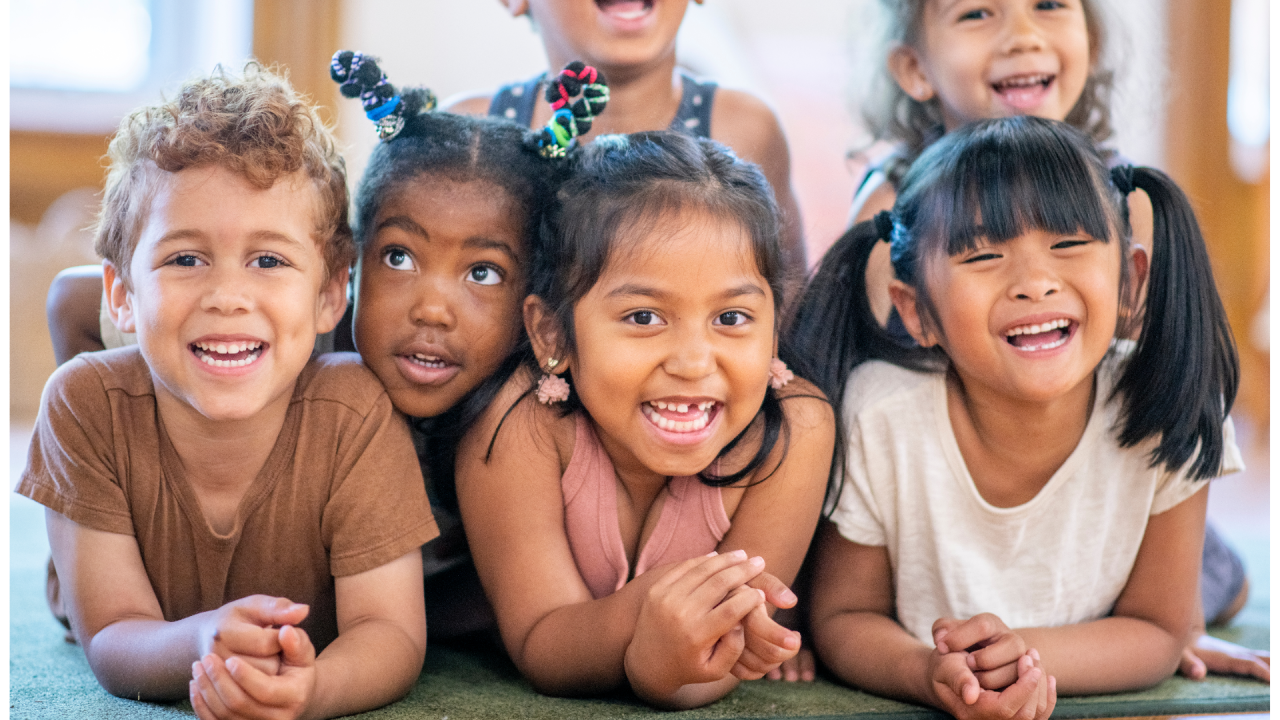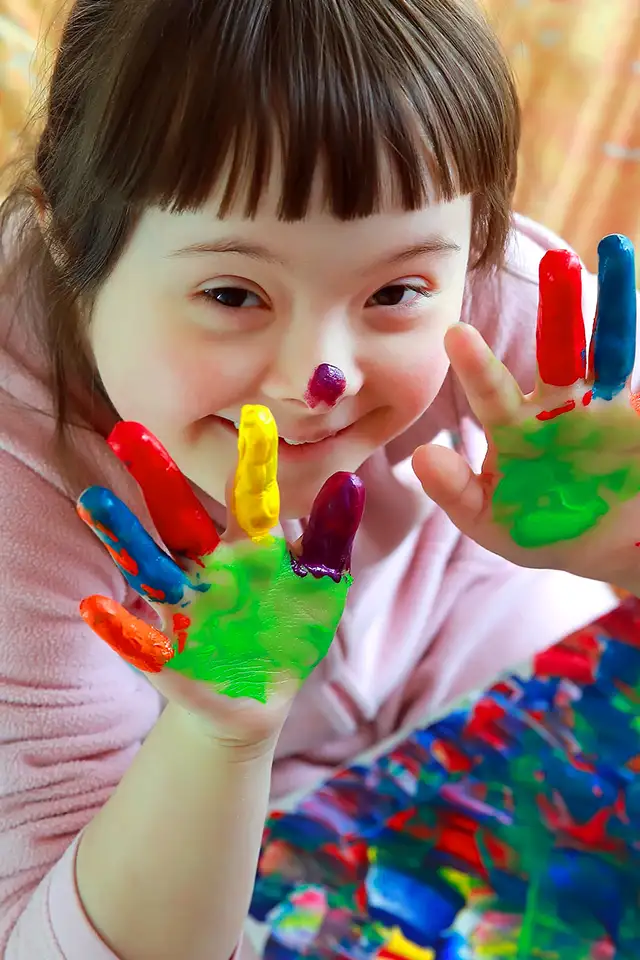Every student deserves a chance to shine, and that includes students with special needs. At kienhoc.vn, we believe in the power of inclusive education, where every student feels valued and supported. Let’s explore how we can create a positive learning environment for students with special needs, ensuring they reach their full potential.
## Understanding Special Needs
Different Ways of Learning
Every student learns in their own unique way. Some students may learn best by listening to their teacher, while others prefer hands-on activities or visual aids. Students with special needs may have learning differences that require additional support and different teaching methods. These differences can affect various areas, such as reading, writing, math, communication, or social skills.
Types of Special Needs
There are many different types of special needs. Some common ones include:* **Learning disabilities:** These can affect reading (dyslexia), writing (dysgraphia), or math (dyscalculia). * **Attention Deficit Hyperactivity Disorder (ADHD):** This can make it hard for students to focus, control their impulses, and sit still.* **Autism Spectrum Disorder (ASD):** This affects communication, social interaction, and behavior. * **Physical disabilities:** These can affect movement, coordination, or other physical functions.It’s important to remember that each student with special needs is an individual with their own strengths and challenges.
Individualized Education Programs (IEPs)
Students with special needs often have an Individualized Education Program (IEP). This is a plan created by teachers, parents, and specialists to meet the student’s specific needs. The IEP outlines the student’s learning goals, the services they will receive, and how their progress will be measured. *****Examples of Special Education Week Activities:*** School-wide assemblies to raise awareness about special needs* Guest speakers with disabilities sharing their experiences* Inclusive classroom activities that celebrate diversity* Art projects or performances showcasing students’ talents***


## Creating an Inclusive Classroom
A Welcoming Environment for All
An inclusive classroom is like a big, friendly team where everyone feels welcome and valued. It’s a place where students with special needs can learn alongside their classmates, participate in activities, and make friends. To create this kind of environment, teachers can use different strategies to make sure everyone feels comfortable and supported.
Simple Adjustments, Big Impact
Sometimes, small changes can make a big difference for students with special needs. For example, a student who has trouble focusing might benefit from sitting near the teacher or having a quiet space to work. A student with a visual impairment might need materials in large print or braille. By making these adjustments, teachers can help all students learn and succeed. *****Tips for Creating an Inclusive Classroom:*** Get to know your students’ strengths and challenges.* Use a variety of teaching methods to reach different learners. * Provide clear instructions and break down tasks into smaller steps.* Offer opportunities for collaboration and peer support.* Celebrate diversity and create a culture of respect.***


## Strategies for Effective Teaching
Tailoring Lessons for Different Needs
Just like a chef adjusts recipes to create delicious dishes, teachers can adapt their lessons to meet the needs of students with special needs. This might involve using different teaching methods, such as visual aids, hands-on activities, or technology. For example, a student with dyslexia might benefit from audiobooks or text-to-speech software, while a student with ADHD might need frequent breaks or movement activities. By providing a variety of learning experiences, teachers can help all students grasp new concepts and skills.
Positive Reinforcement and Encouragement
Everyone loves to hear a “good job!” or a “way to go!” Positive reinforcement is a powerful tool for motivating and encouraging students with special needs. When students feel supported and appreciated, they are more likely to stay engaged and try their best. Teachers can use verbal praise, rewards, or even a simple high-five to acknowledge students’ efforts and achievements. *****Examples of Positive Reinforcement:*** Verbal praise: “Great work on that math problem!”* Rewards: Stickers, small prizes, or extra playtime* Non-verbal cues: Thumbs-up, smiles, or high-fives***


Final Thought
Supporting students with special needs is a journey of understanding, empathy, and collaboration. By working together, we can create a world where every student feels empowered to learn, grow, and succeed. Let’s continue to advocate for inclusive education and celebrate the unique strengths of all learners.



